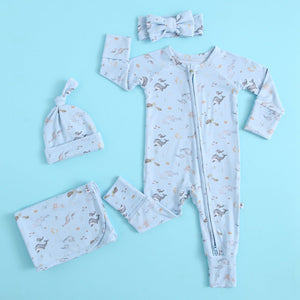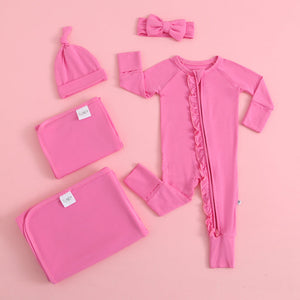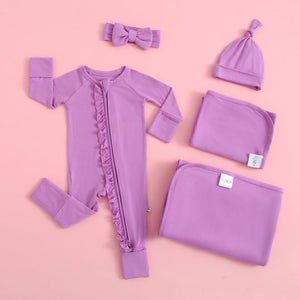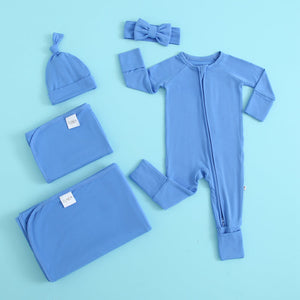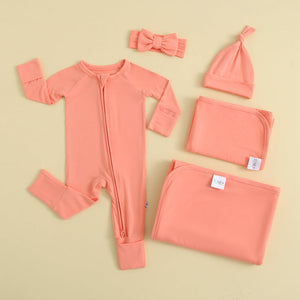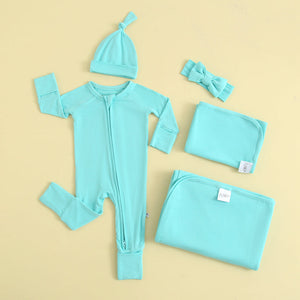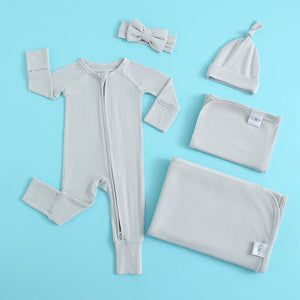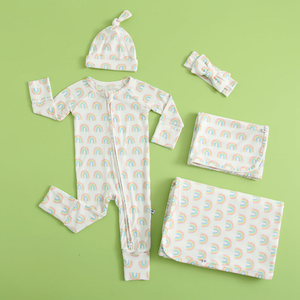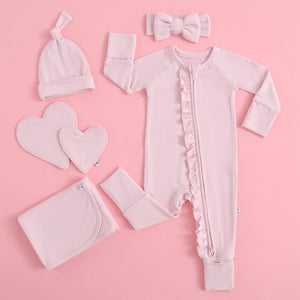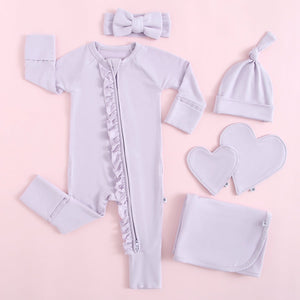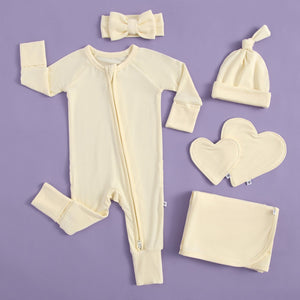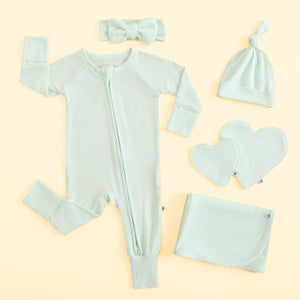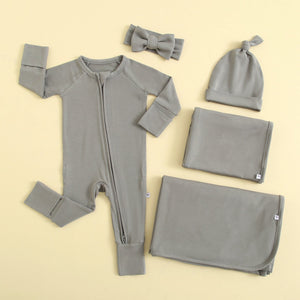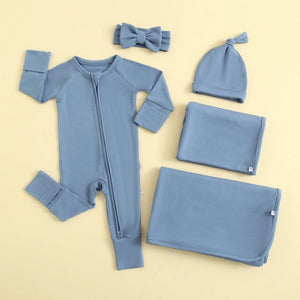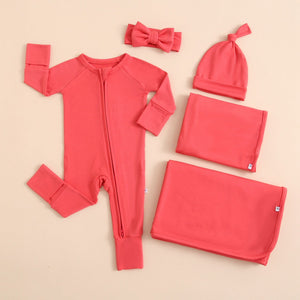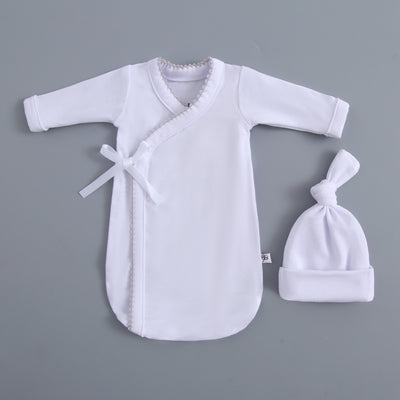
Gentle Ways to Help Your Little One Sleep Soundly: How to Keep Your Baby Warm at Night
Share
Understanding the Temperature Babies Prefer
Babies cannot regulate their body temperature as well as adults, so creating a warm and safe sleep environment is important to their comfort and health. Most experts recommend keeping a baby’s room between 68 and 72°F. This range helps prevent overheating while keeping them comfortable. Thus, it leads to better sleep by keeping their body at a steady temperature throughout the night. When your baby is warm enough, they tend to sleep longer and wake less often.
Dressing Your Baby for Warm, Safe Sleep
The clothes your baby wears at night play an important role in keeping them warm. A good rule is to dress your baby in one more layer than you would wear to bed yourself. A soft cotton onesie paired with a lightweight sleep sack often works well. These layers trap heat close to their body without making them too hot, which is key for safe sleep. Try void hats or loose blankets, as these can cause overheating or pose safety risks.
For families with preemies or micro-preemies, our specially designed Luxie Charm pieces, such as our rompers, offer an extra level of comfort and warmth. The rompers are crafted from ultra-soft, breathable bamboo fabric that naturally helps regulate temperature while being kind to delicate skin. Many of our styles also feature double zippers and NICU-friendly access points, making diaper changes easier while keeping your baby snug and secure.
Using Sleep Sacks Instead of Loose Blankets
If you are considering an alternative to blankets, sleep sacks help your baby stay warm without covering their face. They are designed to keep your baby’s core temperature stable, even if they kick or wiggle during the night. Our advice would be to choose a sleep sack made from breathable fabrics so that heat can escape as needed. Some sacks even come in different thicknesses, allowing you to pick one that fits your home’s temperature.
Creating a Warm Sleep Environment
Despite what you may think, a warm room does not depend only on the thermostat. You can help maintain a cozy environment by using blackout curtains to block drafts and to keep heat inside. A soft area rug on a wooden floor can also reduce cold air near the crib. Placing the crib away from windows and vents keeps the baby out of drafts that might make them chilly. These small changes help keep your baby warm in a gentle, natural way.
Warm Bedtime Routines That Help
A warm bath before bed can help raise your baby’s body temperature slightly, which may make falling asleep easier. Once they are dry and dressed, that gentle rise in temperature begins to fall, helping them feel relaxed and ready for sleep. A light massage with warm hands can also comfort the baby and help with circulation. These calming routines build a connection between warmth, comfort, and bedtime.
Checking for Signs Your Baby Is Warm Enough
Because babies cannot tell us how they feel, checking their skin is one of the easiest ways to know if they are warm. Their chest or back should feel comfortably warm but not sweaty. Cool hands or feet are normal and do not mean your baby is cold. If you notice damp hair, flushed cheeks, or rapid breathing, they might be too warm, and removing a layer may help. Regular checks give you confidence that your baby is sleeping safely.
Avoiding Overheating While Staying Warm
Keeping your baby warm is important, but overheating can be dangerous. Follow these simple checkpoints to ensure your baby’s comfort and health:
- Use layers that can be added or removed rather than heavy blankets or thick bedding.
- Make sure the baby’s head and face stay uncovered during sleep.
- Choose breathable fabrics like cotton or bamboo, which hold warmth without trapping too much heat.
Following these steps helps you protect your baby while still keeping them cozy.
Trusted Websites for Parents
Below are three reliable sources for parents who want to learn more about safe sleep and keeping babies warm:
- American Academy of Pediatrics (AAP): Offers guidelines for infant safe sleep and room temperature recommendations.
- Mayo Clinic: Provides tips for dressing babies and keeping them comfortable at night.
- HealthyChildren.org: Delivers parent-friendly advice on sleep safety and what temperatures babies prefer.
















